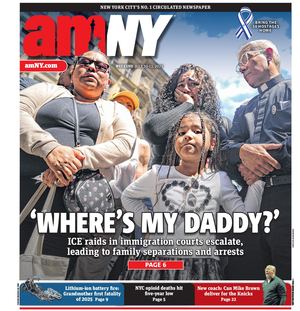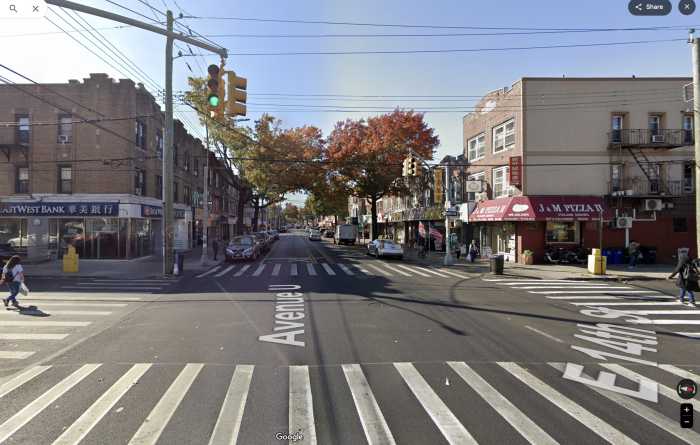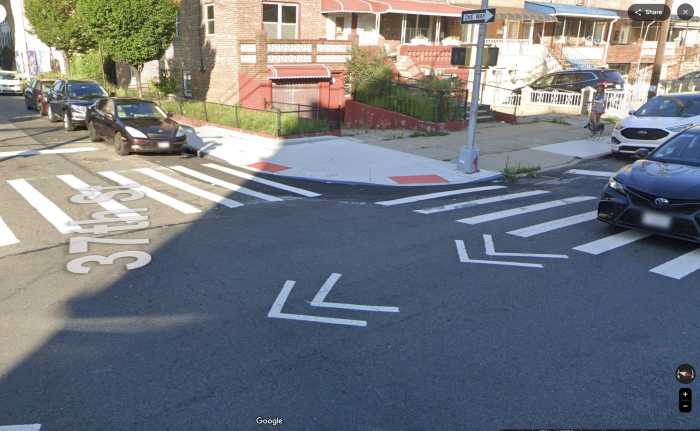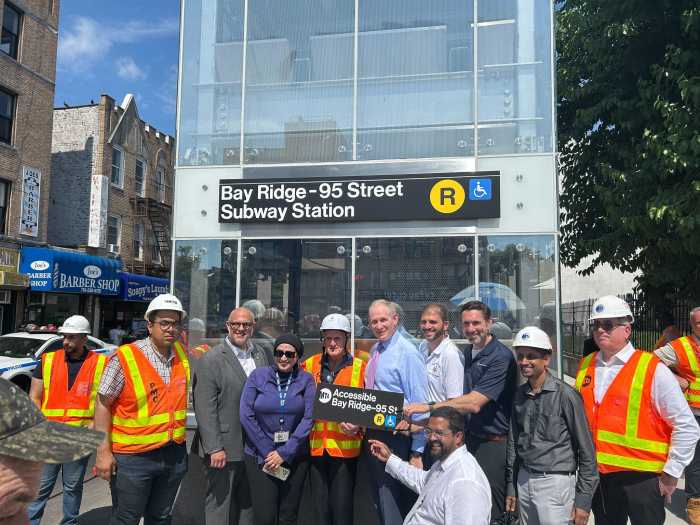The MTA is taking a new approach to measuring subway performance: put people before trains.
The agency unveiled a new online dashboard Monday that will display details ranging from rider waits and major incidents to crowding issues and travel times. The new metrics, broken down by train line, aim to give riders a clearer understanding of what exactly is going on with their commutes.
“The measures we’ve historically used . . . are measurements of the trains, not people,” said Peter Cafiero, chief of operations planning at NYC Transit, during the preview. “These are measures showing impacts of actual customers, weighing towards where the customers are in the system and how they’re using the system.”
The dashboard will go public Wednesday and will be accessible through the MTA’s current website, where it will be updated monthly. Publishing new public-facing data was one of the top priorities for Chairman Joseph Lhota as the agency looks to reverse declining service. The MTA’s board also is expected to use the data to help steer the agency toward reliable subways.
“It’s really important that our riders get to understand what’s causing the delays and then more importantly how it’s impacting their wait time,” said Lhota during an interview with reporters. “I think 5.8 million people every day deserve to get as much information as they can.”
The nonprofit TransitCenter has advocated for new metrics in the past, and senior program analyst Zak Accuardi said the annoucement is “a big transparency improvement.”
“The rider-oriented performance metric not only gives the board better tools to oversee the agency, but [it] more accurately reflects the priorities that the agency should have in terms of improving subway service,” Accuardi said.
TransitCenter believes the agency’s current metrics fail to account for the length of subway delays, and what riders actually experience in the subway each day. The MTA admitted that old measurements such as “Wait Assessment” and “On-Time Performance” are ambiguously named and aren’t understandable to the average rider. One metric, for example, called “On-Time Performance,” tracked trains from one end of their lines to the other, not the people who ride those trains.
“We wanted to make sure that we created a dashboard of metrics that were accessible and clear to the public,” said Tim Mulligan, the executive vice president of NYC Transit. “We wanted to avoid technical terms and jargon and break things down in plain common language so that we can . . . be as transparent as possible. It’s really about accountability.”
A total of six new measurements will be published on the dashboard. Old measurements will hang around in a separate category known as “Legacy Indicators.”
One of the most important new indicators, according to Mulligan, will be “Major Incidents,” which will track impactful delays stemming from track fires and signal failures.
“Not all delays are even perceived by the customers,” Mulligan said. “Major incidents are the things people notice. Those are the blown rush hours. Those are the times you have to call home because you’re going to be late for dinner.”
In terms of data transparency, Accuardi said, the new dashboard will put the MTA ahead of all similarly sized transit agencies around the world — still, there is room for improvement.
“We’d really like to see this dashboard improved with not just the subway but bus and paratransit service,” he said, “so that the agency can have a more comprehensive picture of what’s going on.”





































